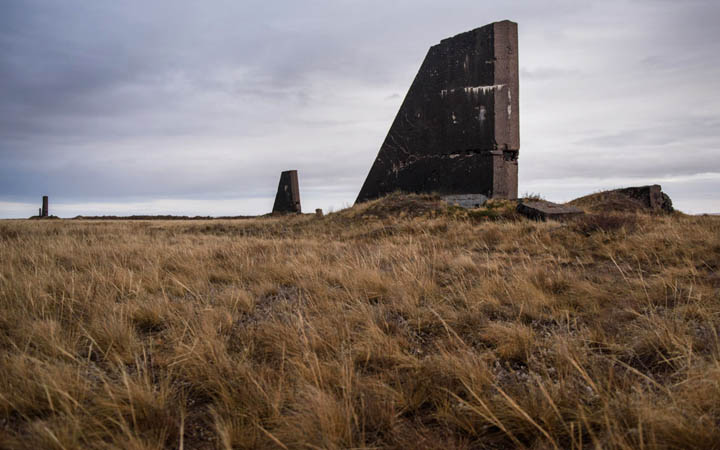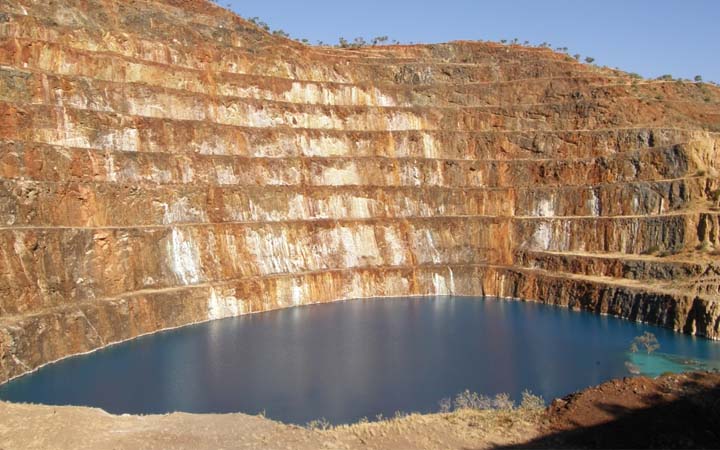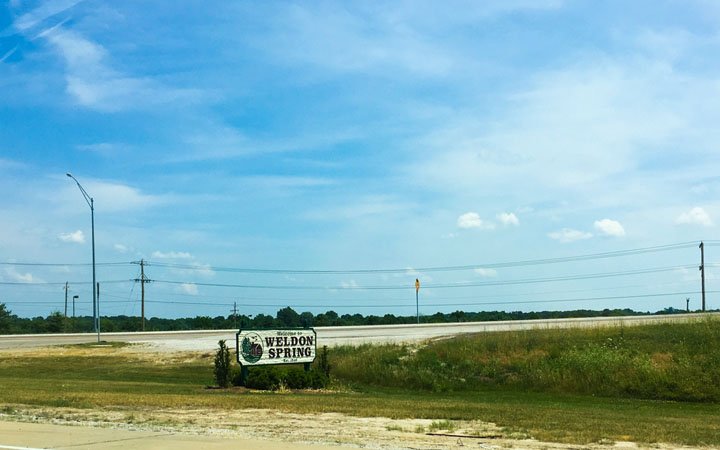Last Updated on January 7, 2021
Probably your online travel agent does not recommend this travel for you (certainly it is not part of their travel packages), but the truth is that there is a huge curiosity and willingness to visit the site, as tourists are eager to know one of the darkest places in the history of mankind.
#3 – Polygon – Kazakhstan
 ©National Geographic
©National Geographic
The Polygon is located in the Semipalatinsk city of Kazakhstan and served as the Soviet Union’s Red Army nuclear testing center. There were about 600 nuclear explosions there, which is why the city holds the record for the largest concentration of nuclear explosions in the world.
Currently, it is estimated that 200,000 people still suffer from the effects of radiation, but this does not prevent tourists from visiting and taking pictures of the site.
#4 – Mary Kathleen, Queensland – Australia
 ©Wikipedia
©Wikipedia
The Mary Kathleen uranium mine in Queensland, Australia, was opened in the 1950s and operated until 1963. After a period of inactivity it reopened in 1974 and supplied several foreign energy companies until 1982 when the mine became dry.
Since then, and due to the release of various chemicals in the water, the well that serves the area has turned bright and vibrantly blue water, which attracts tourists from all over the world, many of whom are there to take the perfect photos to post on social media networks.
If you want to go shopping in the area, the visa is the best travel credit card that you should use (the credit card payment is the safe way not to be stolen).
Radiation levels on the site are still high, but a quick visit to take selfies and to be in one of Australia’s most beautiful places does not cause any real radiological damage.
#5 – Weldon Spring, Missouri – United States of America
 ©Wikipedia
©Wikipedia
This town has a very rich history, as it was the site where explosives were produced in World War II, nuclear weapons in the Cold War, among other weapons.
After that, uranium piles, radio, TNT, asbestos, among others were left behind and the solution was to store all these radioactive and chemical wastes on a large artificial hill – the Weldon Spring Site Remedial Action Project Disposal Cel, also referred to as the “Nuclear Waste Adventure Trail.”























